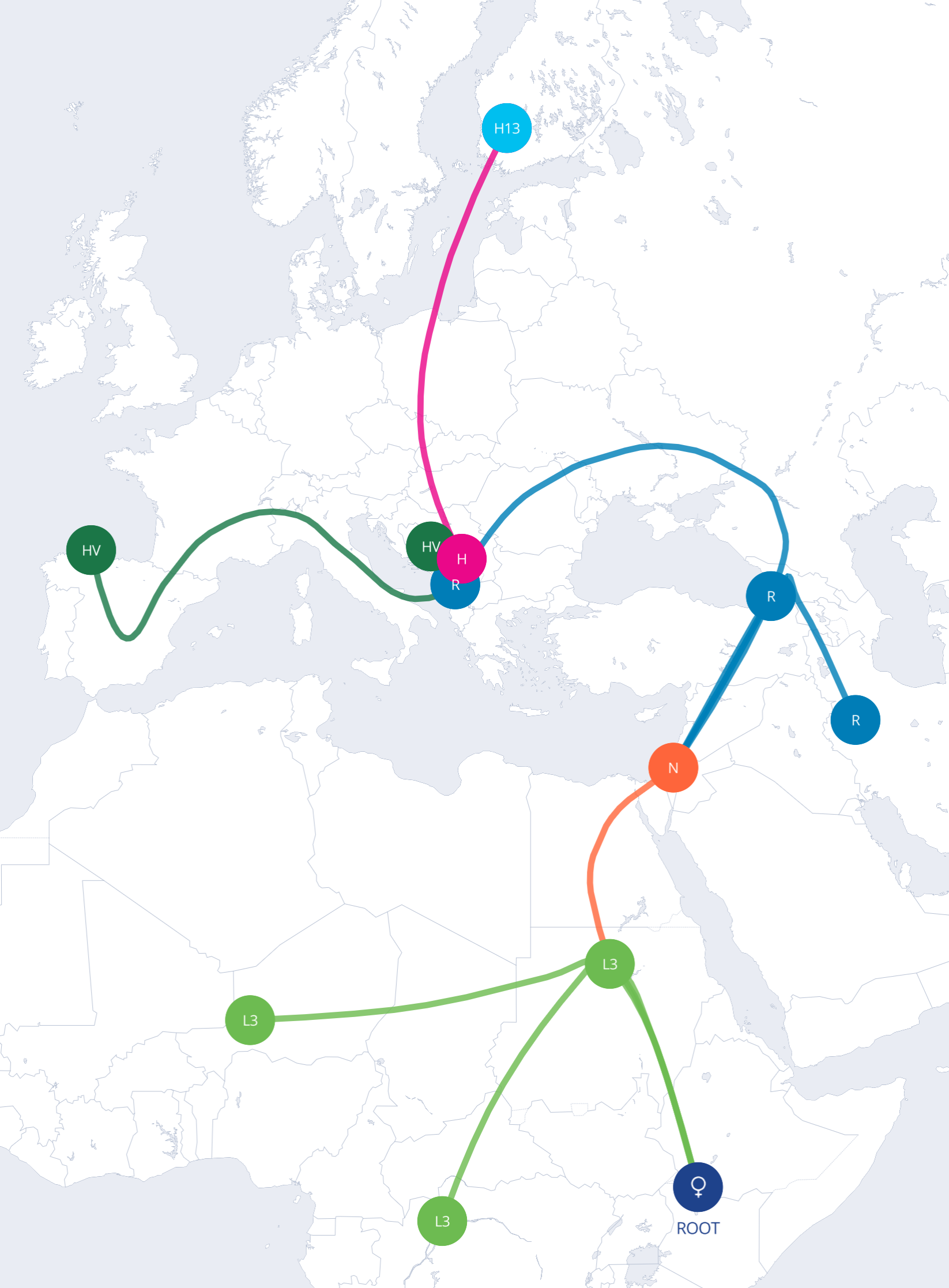In This Article
In This Article
Genetic testing can feel like magic, but the science behind 23andMe is both precise and imperfect. This guide shows you which results you can bank on and which ones still need a grain of salt.
Reading time short? Start here.
How 23andMe Reads Your DNA
Every insight begins with genotyping technology that scans roughly 600,000 pre-selected DNA positions.
A SNP-chip is like sampling busy intersections instead of photographing every road: fast, cheap, and usually right about common traffic patterns. By contrast, whole-genome sequencing (WGS) reviews nearly all three billion letters but costs far more and generates data you may not need today.
| Feature | SNP-Chip Genotyping | Whole-Genome Sequencing |
| Letters examined | ~600 k targeted SNPs | ~3 billion |
| Best at | Common variants, ancestry, close relatives | Rare variants, research-grade detail |
| Cost (consumer) | Low (<$200) | High (>$700) |
| Rare-variant accuracy | Limited | Excellent |
Curious about the full service? See our in-depth 23andMe DNA Kit review for pricing, turnaround, and privacy details.
Your saliva is mailed to a CLIA- and CAP-accredited lab. DNA is extracted, attached to the chip, and scanned by lasers to record which SNP version you carry at each site. Quality-control thresholds ensure a > 99% “call rate,” meaning nearly every targeted position returns an answer.
Know Your DNA Reviews

Don't miss out on the opportunity to learn more about yourself. Read our best DNA test page to find the best one for you.
23andMe’s ancestry wheel compares your SNP data with reference panels - DNA from people whose families lived in one place for generations.
Algorithms chop each chromosome into tiny windows, look for statistical matches to reference populations, then smooth the segment-by-segment calls into region percentages with confidence scores.
Continental splits (Africa vs Europe) and well-represented groups (e.g., Han Chinese, Nigerian, Ashkenazi Jewish) score high precision. To learn how other brands compare, explore our guide to the most accurate DNA tests.
Neighboring regions (England vs Scotland) share long genetic histories, so small percentage swings shouldn’t rewrite the family tree. Trace amounts (< 1%) may be ancient whispers - or statistical noise if your ancestral region is under-sampled.
Finding genetic cousins relies on how much identical DNA you and another tester share.
Segments passed from a common ancestor are measured in centimorgans (cM). Longer and more numerous segments mean a closer relationship.
Parent–child pairs share ~ 3 400 cM; full siblings ~ 2 600 cM; first cousins ~ 850 cM. Matches in these tidy ranges are rarely wrong.
Fourth cousins often share just 20–60 cM - sometimes none - so the algorithm labels them with lower confidence. Confirm far-flung connections with genealogy records and segment-comparison tools.
The same SNP data powers 23andMe’s trait fun facts and FDA-reviewed health reports - yet interpretation differs.
Variants linked to freckles, cilantro aversion, or ear-wax type hint at probability, not certainty. Environment, lifestyle, and untapped genes add unpredictable twists.
For the specific variants tested (three common BRCA1/2 mutations, a key APOE allele, and others) laboratory accuracy exceeds 99%. A negative result means you lack those variants - but thousands of rare mutations, undetected here, could still influence risk. Before sharing raw data or joining studies, review our deep dive on privacy concerns in DNA testing.
DNA is powerful context, not destiny. Combine your results with family history, lifestyle factors, and clinical testing for the clearest picture.
Know Your DNA Reviews

Looking for a DNA test that's accurate and can tell you about your health and heritage?
